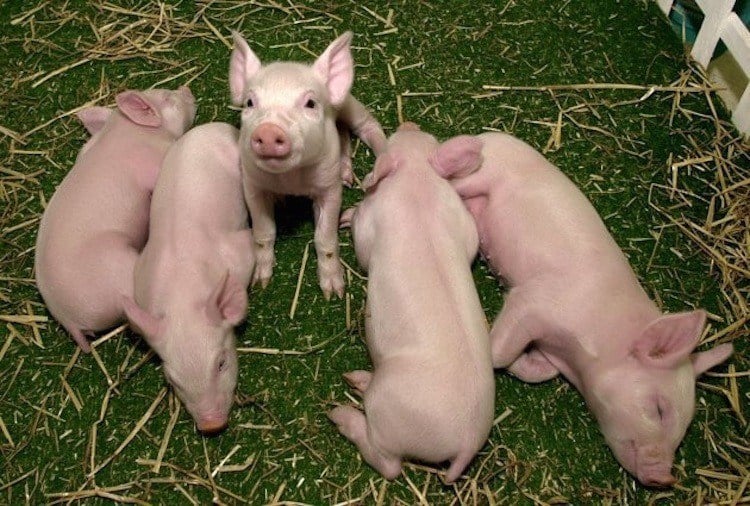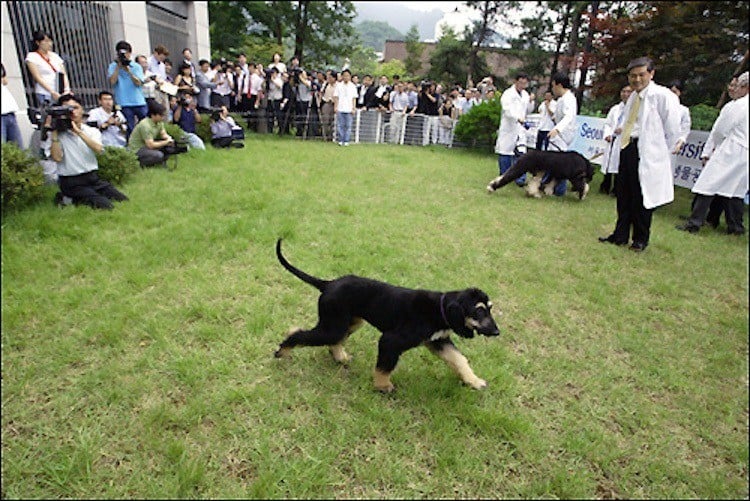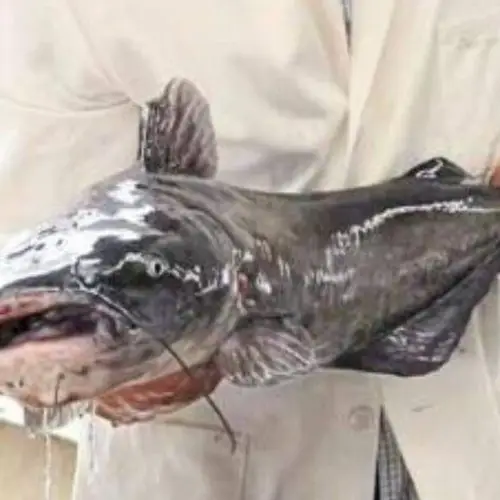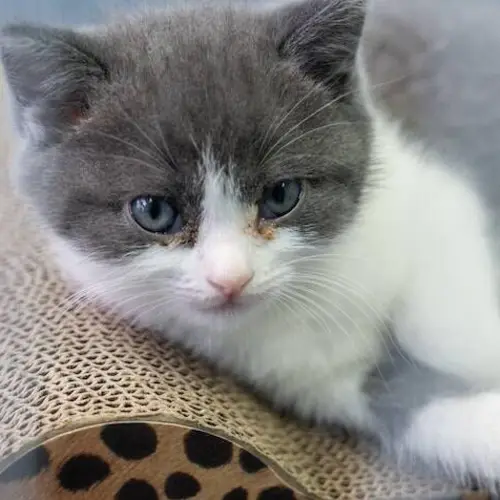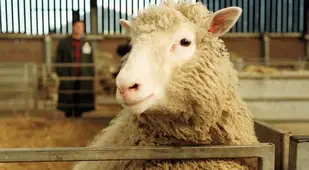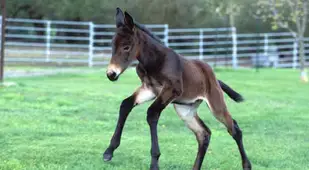Cloning: From Sheep To Dogs To Humans
I know, I know––old news. We have all heard of Dolly the sheep. But that’s just it—Dolly is old news. Although she remains the go-to example for biology textbooks, she was born back in 1996 and died six years later. Since then, we have gotten pretty good at cloning and have successfully cloned 20 different species, ranging from carp to monkeys to horses. Cloning has even been commercialized. For $100,000, the Sooam Biotech Research Foundation will clone your beloved deceased dog. And having cloned over 600 dogs, they definitely have a handle on the process.

Image Source: National Human Genome Research Institute
Once you can separate DNA from a cell, cloning is actually fairly simple. To begin, the nucleus, which holds a complete set of an individual’s genes, is removed from an unfertilized egg cell. Then, a compete cell from the adult being cloned is introduced to the gene-less egg. Geneticists fuse the cells together and the empty egg replaces its missing nucleus and genetic information with the DNA in the cell getting cloned. Once DNA division and replication begins, the cloned embryo is transferred into a surrogate mother.
There are three different types of artificial cloning: gene cloning, reproductive cloning, and therapeutic cloning. Gene cloning creates a copy of genes or segments of DNA. Reproductive cloning produces whole animals. Therapeutic cloning is used to make embryonic stem cells that will grow to create tissue to replace injured or diseased tissue.
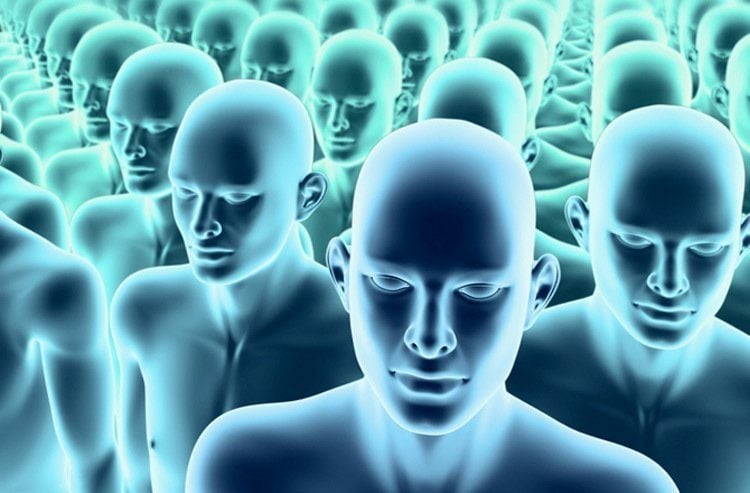
Image Source: The Noble Heart
It would be expensive and morally outrageous, but the technology to clone people does exist. It is just currently being used on other animals.
Genetically Modified Humans: How And Why We Create Human Mutants

Image Source: biologypop
In vitro mutagenesis is a process that is very important to the study of genes and genetic mutation. It also highlights just how precise we can be when it comes to altering DNA and how quickly we can learn about gene traits. For instance, scientists can select, copy, and clone a segment of DNA that contains one specific gene. Geneticists will select the desired gene in the cloned copy of the DNA and mutate it. The DNA can then be reinserted into the cell or organism so that the researchers can observe how the mutation of that specific gene represents itself.
Gene disruption (also known as “gene knock out” or “reverse genetics”) is another form of in vitro mutagenesis intended for study. Here, the functional gene is replaced in the genome of an embryo with a nonfunctional copy. The resulting observable characteristics, or phenotypes, in the organism now lacking that gene reveal that gene’s biological function. We are continuously researching the role of specific genes and thus making our genetic map more and more comprehensive.
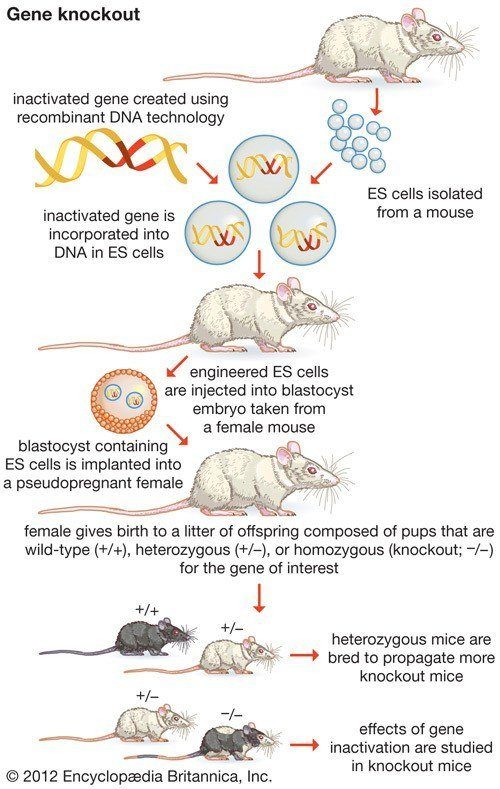
Image Source: Britannica Online Encyclopedia

